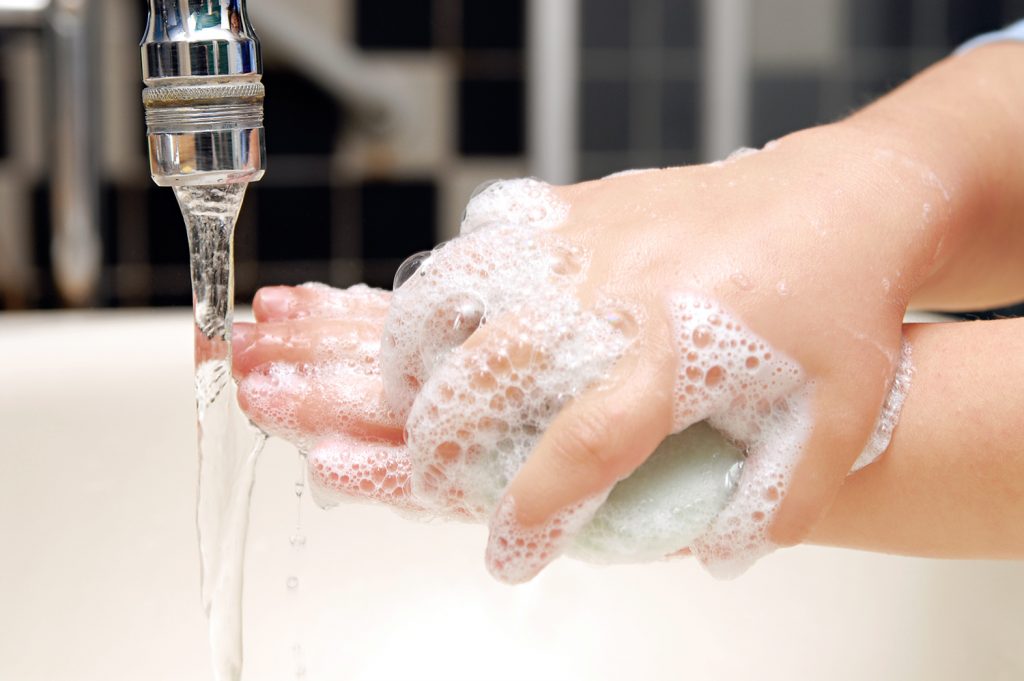
Back-to-school preparation means more than just toting a list of must-buy classroom items to the store or buying a new pair of jeans and some sneakers. Consider these health and nutrition issues before the first bell sounds.
You are what you eat
Packing lunch ensures that you control what fuels your child’s body. The National Institutes of Health recommends making lunch a family activity — kids usually want to eat what they’ve helped prepare.
Let your child choose from a variety of easy-to-pack snacks, like cheese sticks, whole fruits and crackers. And, if your morning is rushed, try packing lunch in the evening before bedtime.
All the preparation in the world, though, won’t help if your child gets to school and swaps his or her carrot sticks for someone else’s pudding cup.
Healthy eating begins at home. If good food choices are all a child has grown up with, he or she will be more likely to continue making good choices at school and beyond.
Wash, wash, wash your hands
As we’ve all been reminded during the pandemic, handwashing remains the first line of defense in preventing sniffles and other viruses.
Warm running water and soap are the preferred tools to clean hands. But in a pinch, alcohol-based hand sanitizers work, too (unless hands are grubby — then soap is the only way to go), according to the U.S. Centers for Disease Control.
Continue to stress good handwashing techniques with your child. They include scrubbing the backs of hands, between fingers, and under nails, and washing for at least 20 seconds.
Handwashing is necessary around mealtimes (both for eating and preparing food) and after using the bathroom, touching animals, or handling trash.
Also, instill in your child the necessity of using a tissue when sneezing or coughing (or an elbow or shirt sleeve if tissues aren’t handy), and washing hands after.



